Peru is the 20th largest country in the world, equivalent to the size of France, Spain and England combined. So it is rather big. It was with no surprise then that we started to see a new Peru as we made our way south from Rainbow Mountain to the southern city of Arequipa and onto the desert in Nazca. Our journey down would also take us through the Colca Canyon, one of the world’s largest canyons and the birthplace of the mighty Amazon River.
To get to the Colca Canyon required a very long, challenging drive. We began with a 4 hour spin to town of Espinar. The road was in pretty good condition and we passed the time easily. There we slept relatively well at high altitude and zero degrees, although the camper van insulation left a little to be desired as we ate breakfast at a mere 8 degrees inside the vehicle next morning.
After an early morning drive and a stop for lunch later in the day, we turned off towards Colca Canyon, onto the single worst road we have encountered on the whole trip so far. It turned out that this unpaved monstrosity is mostly used by mining trucks in the area, and certainly not fit for our vehicle. However, it was the only road we could take so on we went…very very slowly. The 70km we did on this road took us the whole afternoon and evening, draining driver and passengers of every last energy cell. We even topped-out at 4,700m above sea level during one of the mountain passes. Amazingly, our camper van managed to overcome this, plus every pothole, depression and crater the road presented along the way. The two inch dust-caking it had at the end of the day proved to be the only visible evidence of the days exploits.
We began our exploration of the canyon from a small town called Yanque. From here, we spent the afternoon hiking an 8km loop around the canyon and river. A really beautiful walk, the kids enjoyed the sticks they found, playing i-spy and story telling, while the adults embraced the scenery (as well as the games of course!).
Our next destination was the Condor Viewpoint, about a 30 minute drive away. Here we were greeted by dozens of huge condors flying straight overhead, but also by a few hundred other visitors eager to catch a glimpse of nature at its best. While delighted to see such a sight overhead, the locals dressed up in condor costumes looking to make a few Peruvian Soles certainly put a bit of a dampener on the occasion for us. We did salvage the morning with a 4km round trip hike to a separate viewpoint, all-the-while hugging the edge of the canyon. The views were really spectacular as the canyon floor was visible over 1,000 meters below.
After a short drive and overnight stay in Cabanaconde, we retraced our steps back to Yanque for a final night. Our main reason for a return visit was to sample the thermal springs that the town is famous for. We made it there at about 4pm, so had a couple of hours to enjoy them before night set in. From the outside, one could consider them a little rough-and-ready. However, for us that afternoon, they were bliss. We enjoyed a natural pool at 37 degrees, while the outside temperature dropped to less than 10 degrees. A cold wind also added to the enjoyment, as occasional head-dipping was required to replenish lost heat.
As we departed the Colca region, we reflected on the big change in landscape we had observed from the mountains of Cuzco and the semi-jungle landscape of Machu Picchu. The dry, arid canyons bore more of a resemblance to Arizona or Nevada that that of the land of the Incas.
Leaving the town early the next morning, we set our sights on Arequipa, or the “White City” as it is known locally due to its architecture. It is also notable insofar as there is was Inca influence here, as the former empire never the area it’s home. We could see this straight away as the traditional local dress we had gotten used to was now gone, replaced by jeans, runners and heavily labeled clothing. Amazing the difference a few hundred kilometers can make…
We spent 3 days exploring the various museums, churches, plazas and eateries of Arequipa. The food available, both in restaurants and cafes was superb. We even got to frequent supermarkets, something we had not seen since Argentina nearly two months previously. While appreciating the comforts and convenience of them, we could already find ourselves torn between this and the more traditional local market offerings.
Arequipa was definitely a different Peru. The people were different, the buildings were different, the feel of the place was, yes you guessed it, different. Gone were many of the local dress, customs and traditions that defined areas such as Puno and the Sacred Valley. These were replaced by fast food chains, big clothing brands and familiar hotels. We were now in a much more Western type of place, for all the good and less good that this brought. So we didn’t know what to expect as we headed to our next destination in the Peruvian desert.
The city of Nazca shot to noteriety in the early 20th century when a German archeologist named Maria Reiche discovered what became known as the Nazca Lines. These are a group of geoglyphs made in the soil of the local desert between 500 BC and 500 AD. Measuring up to 370 meters in length, the desert is home to c.100 of these lines.
Having spent an evening learning about the lines and the astrology underlying them in Nazca city, we proceeded to visit the lines ourselves the next morning. Given the location of the lines, smack-bang in the middle of the desert, it was unsurprisingly quite hot. Again, such a change from the freezing temperatures we had seen not so long or far ago. The lines themselves were interesting to see and learn about. The guidebooks recommend taking a short flight to see the lines most clearly, however this was not an option for us. We settled for a few raised platforms from which we could all get a taste of the size and scale of this incredible work.
Nazca and its fascinating desert brought yet more change to what we were seeing and living. While the desert itself was the obvious difference, seeing how an ancient civilization planned, worked and undoubtedly suffered together to make such symbols to their Gods (or whatever their motives were), quickly brought us away from modern, cosmopolitan Arequipa, and back to a time when all the answers were not known, and people followed a more collaborative way of living.
Our travels around southern Peru over these couple of weeks had shown us how different a country, its landscape and the various cultures can be in a relatively small area. I guess this is essentially the beauty of traveling, as you get to see what different things make a place and its people tick. We had seen many different Peru’s, and were eager to discover yet more about this fascinating country.
Click here to read the “Busy Days In Lima” blog post
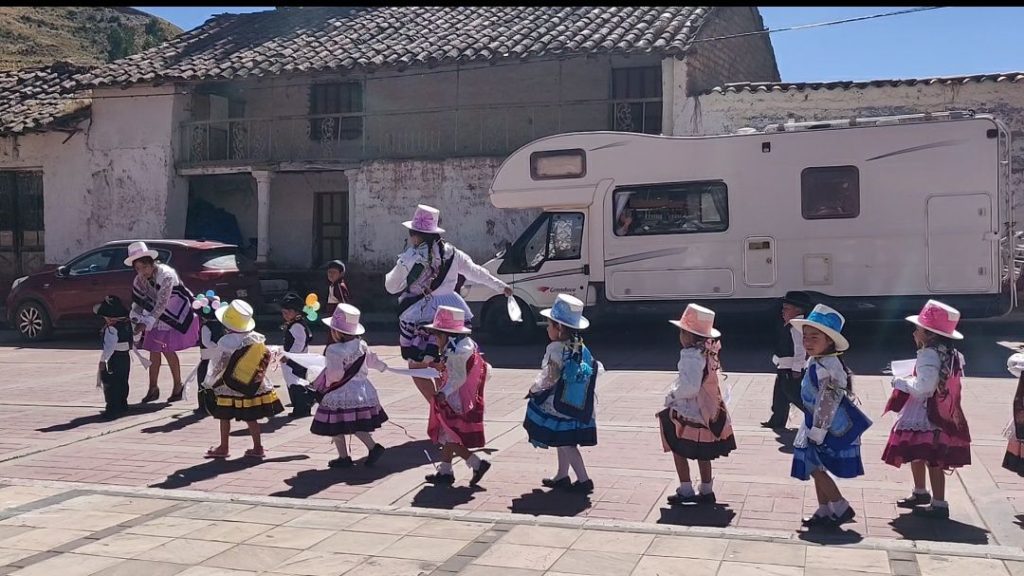
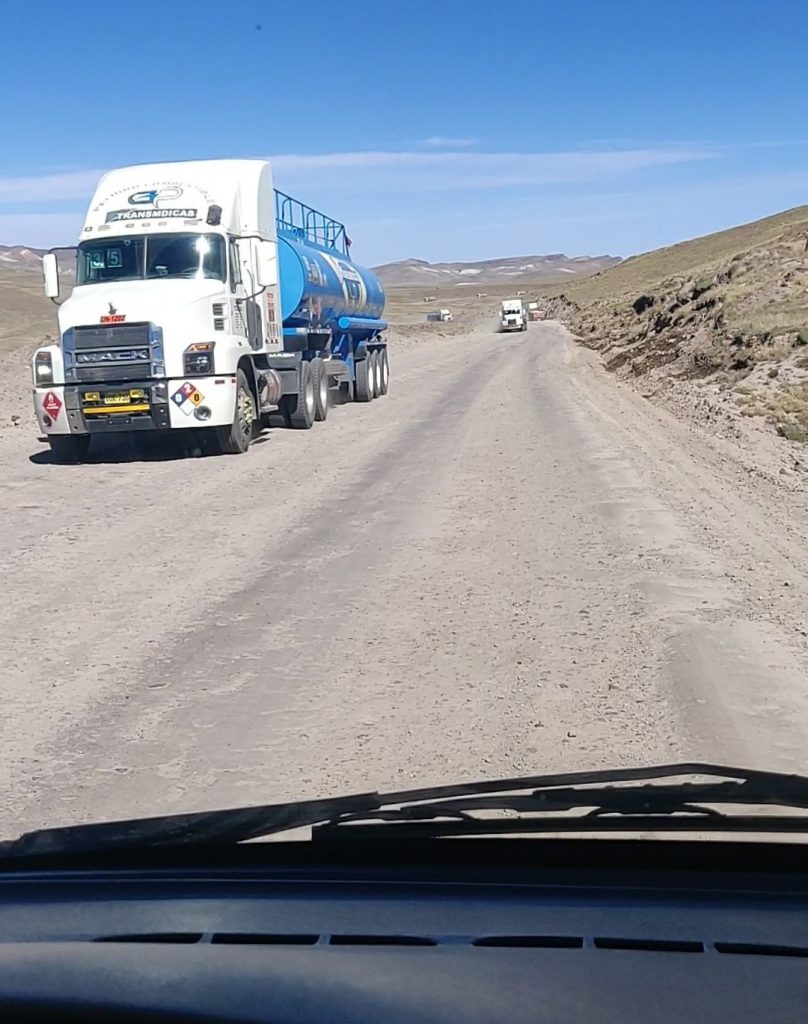
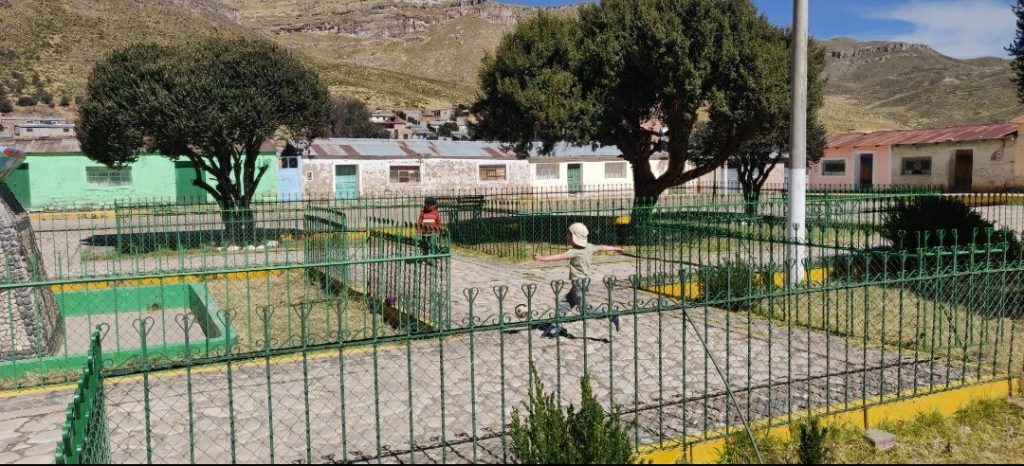
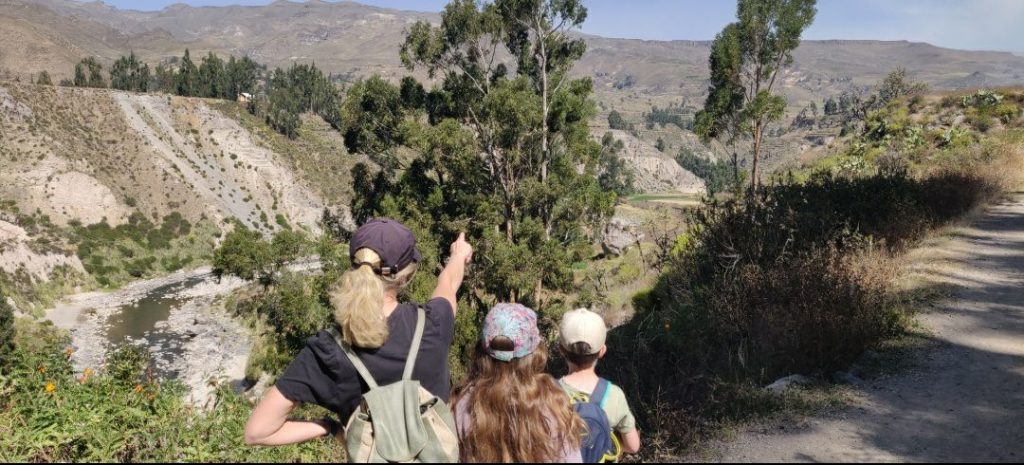
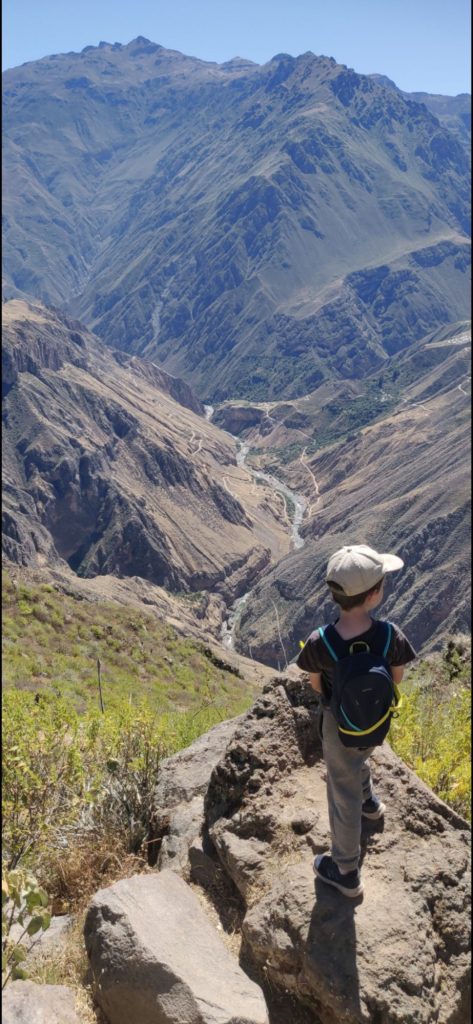
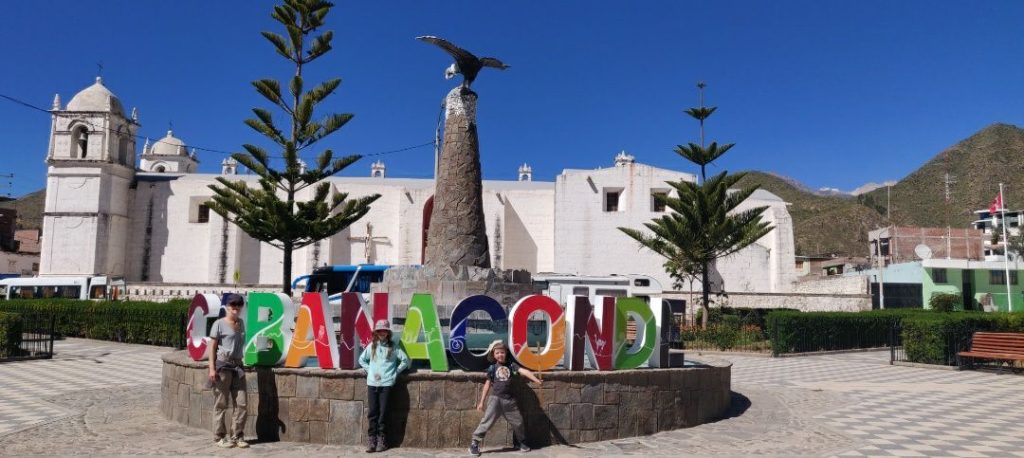
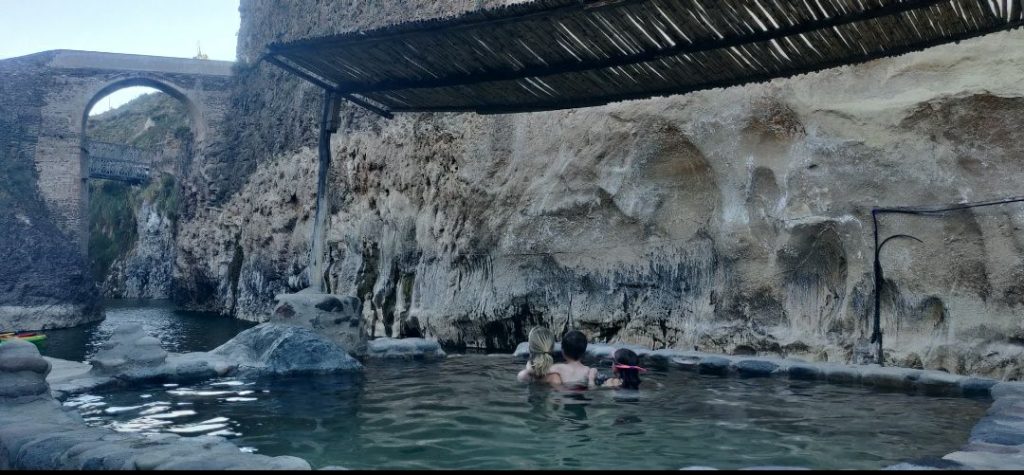
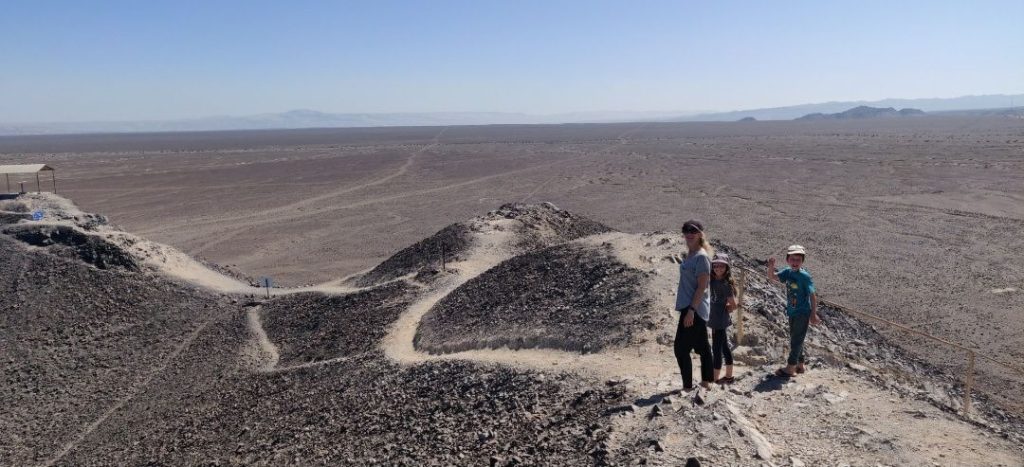
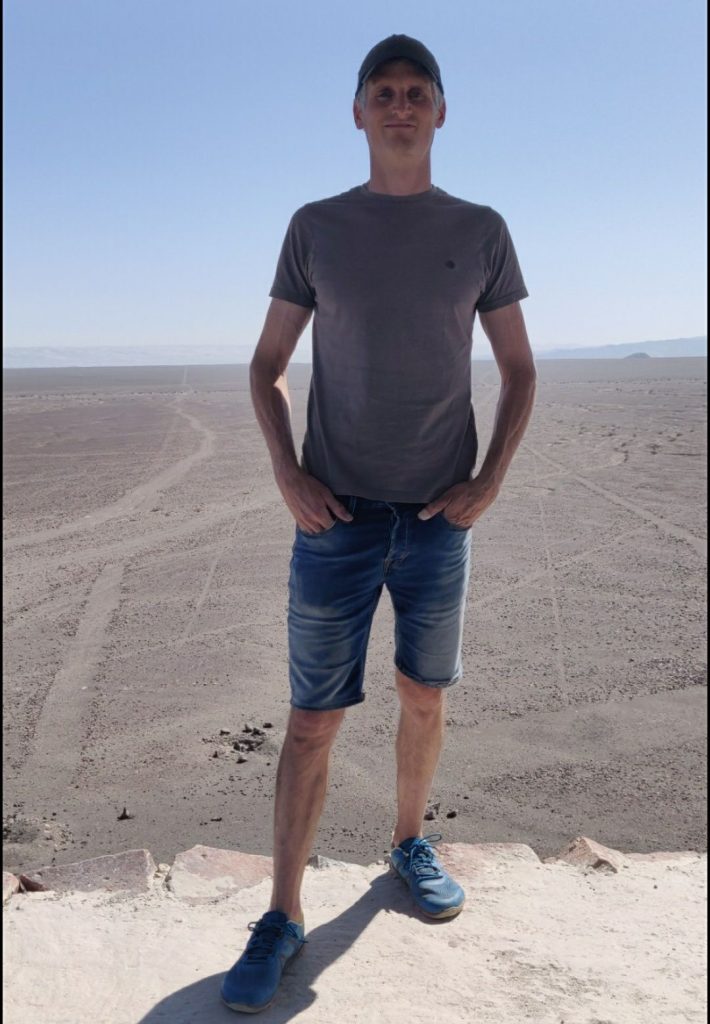
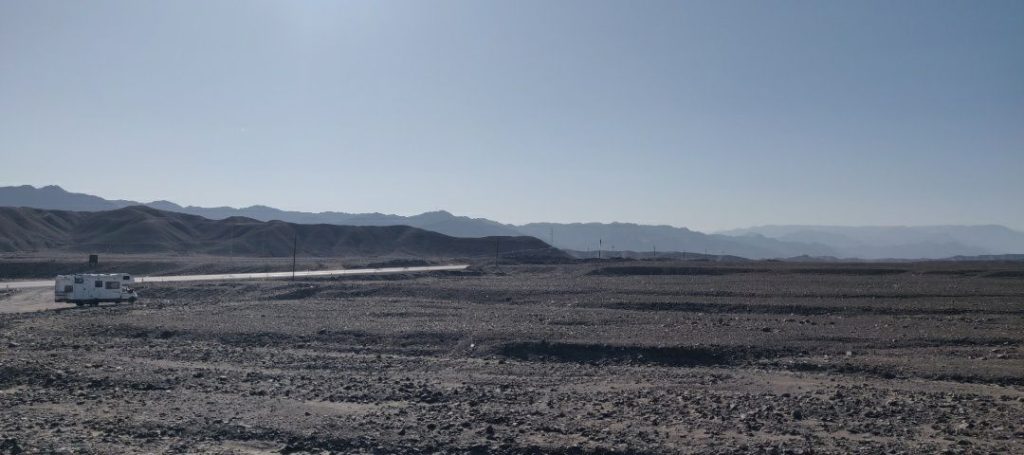
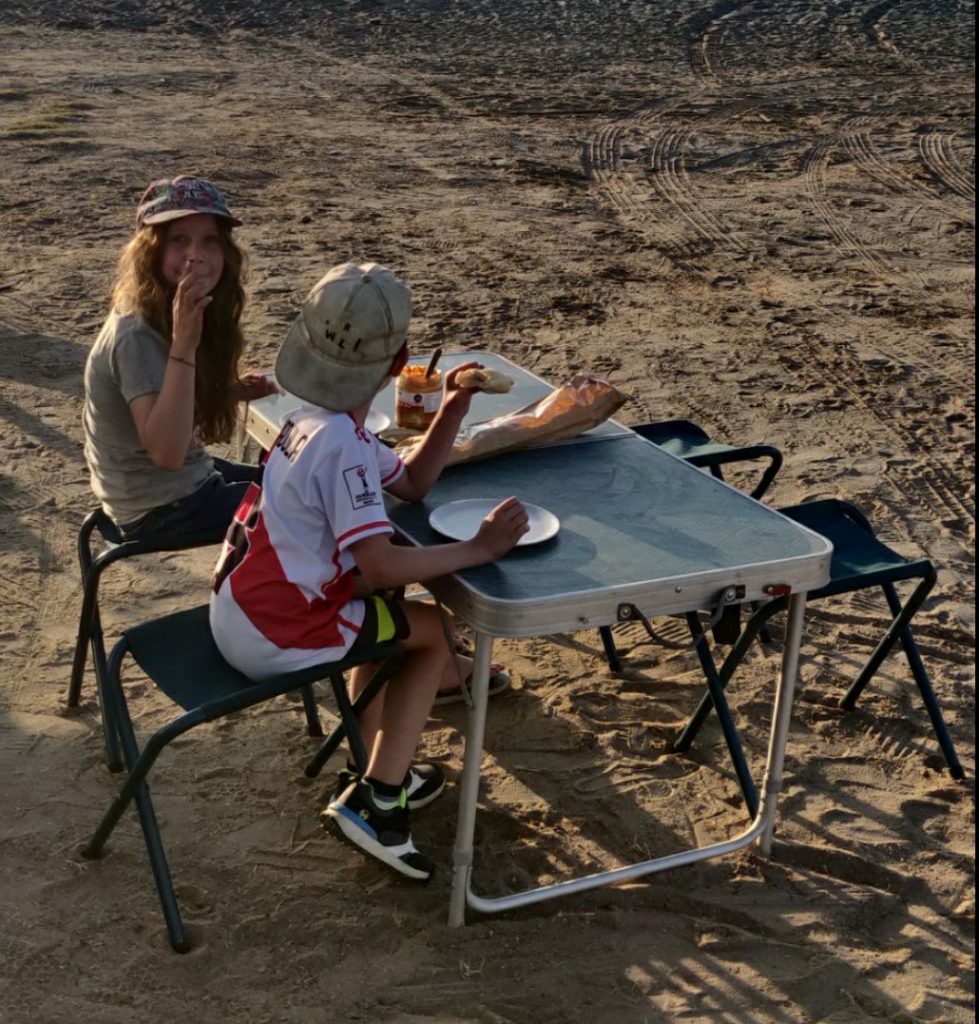
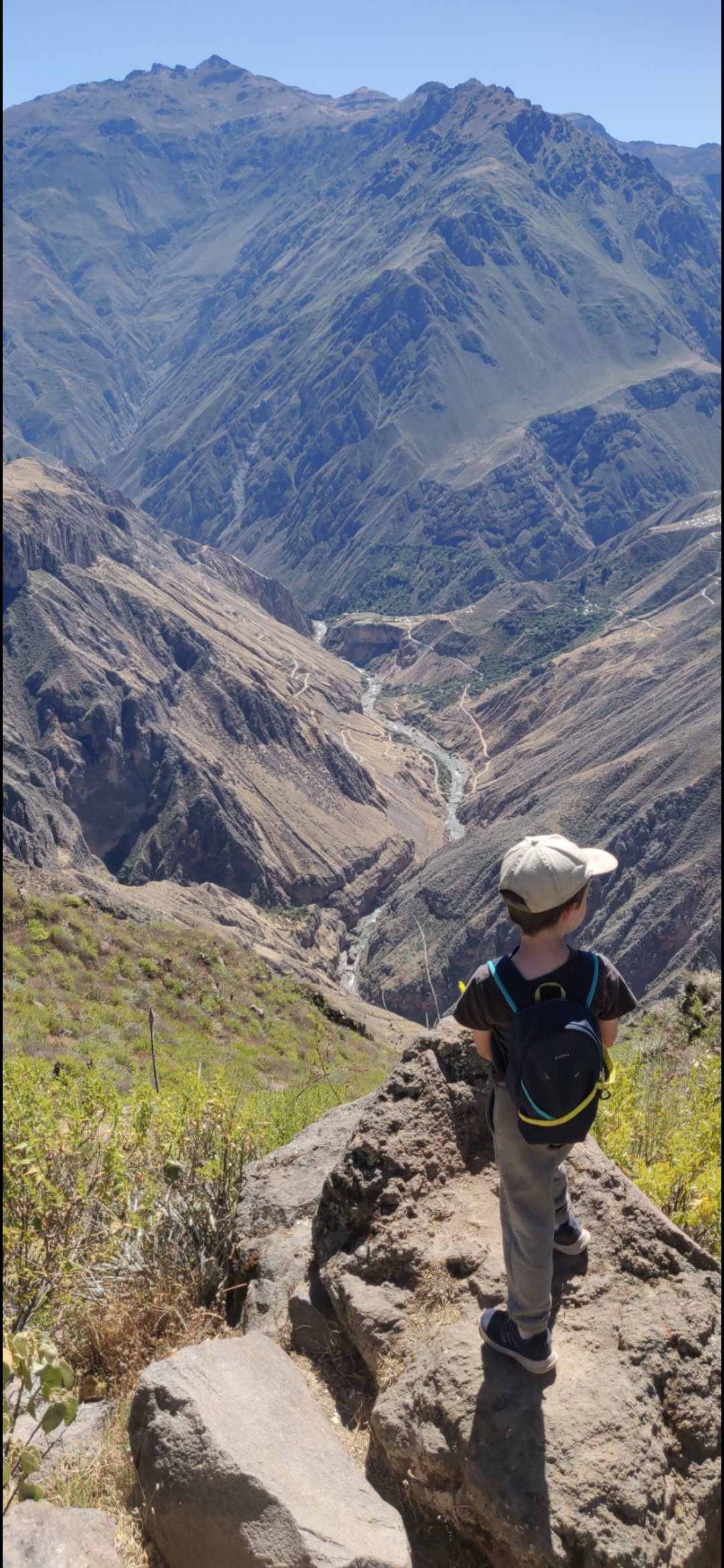
Leave a Reply